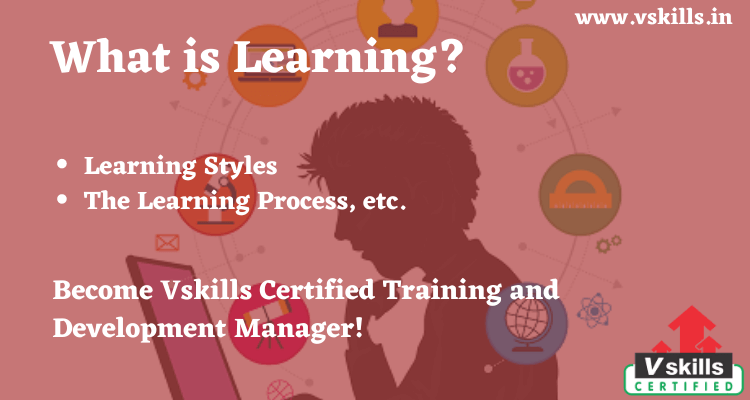
What is learning?– It has been defined as a relatively permanent change in behavioral potentiality that occurs as a result of reinforced practice. The following elaborates on this basic definition:
- It is indexed by a change in behavior, which must be translated into observable behavior. Learners are capable of performing something that they could not do before the learning experience.
- This change is relatively permanent; it is neither transitory nor fixed.
- The change in behavior need not occur immediately following the learning experience. Although there may be a potential to act differently, this potential may not be translated into a new behavior immediately.
- The change in behavior results from experience or practice.
- The experience or practice must be reinforced.
Learning a subject seems to involve three almost simultaneous processes: - First, there is acquisition of new information – often information that runs counter to or is a replacement for what the person has previously known.
- A second aspect may be called transforming the process of manipulating knowledge to make it fit new tasks. Transformation comprises the ways we deal with information in order to go beyond it.
- A third aspect is evaluation – checking whether the way we have manipulated information is adequate to the task.
Also, there is more than one type. A committee of colleges and universities studied learning behaviors and broke it into three main domains or Taxonomies. Knowing the type of knowledge, skill, or attitude that is discussed in the taxonomy will assist you in determining the instructional strategy.
Learning Styles: Just as every person is unique, so is every learner. But how much this uniqueness matters has been a great debate among educators, trainers, and psychologists. A learning style is a student’s consistent way of responding to and using stimuli. Some say that each student learns best using a strategy or method that best matches his or her need. While others say that what matters the most is the process, not the style. The research tends to favor the latter group. Achieving a solid learning environment that meets the student’s need, rather than their styles seems to be the most important key for effective learning.
The Learning Process: While styles show that we are all different, the process shows how and why we learn something. This, perhaps, is even more important than addressing the various learning styles. Although people have a preferred style, they can still learn under almost any style. While various learning styles can make it easier or harder for a person to master a subject, if the process is not in place, it makes that subject almost unachievable.
Choose Delivery System: The instructional and support material that will provide the most effective learning stimulus are specified in this step. Care should be taken not to select materials just because they are available. For example, there are probably several hundred VCR instructional tapes floating around that were developed, not because it was the best media for the instruction to be presented, but because a camera and VCR were readily available. The purpose in this step is not to show your mastery of the latest whiz-bang technology, but to select media that will best magnify the learning process.
- Test Your Skills By Taking Our Training and Development Practice Tests on this link
- Apply for Training and Development Manager Certification Now!! Learn “What is learning” and try the free practice test!


